A friend who I made friends with while writing Drinking French brings small groups to Paris with his company. It’s not a tour group, per se, and he’s kind enough to include me in some of the dinners he plans in Paris. Thankfully, his business is spirits so we often have cocktails at one of my favorite bars in Paris before, which I had to decline this time around as I had too much to do. But when I found out they had oysters at L’Avant Comptoir de la Mer, a stand-up place with a long counter that you pull up to for very fresh shellfish—accompanied by good bread and a startlingly large heap of Bordier butter, ready for spreading—I was irked that I didn’t clear my schedule to join them. My friend, who lives in New York, often asks me for advice on where to dine with his coterie (and me), but this time he’d already reserved at Chez Fernand Christine. People often ask me if I’m afraid if I’ll ruin a place if I write about it, but it was pretty obvious when I walked in that the word is out there, somewhere: It was completely full on a Monday night with people sitting at tables with traditional checkered tablecloths, flipping through the leather-bound wine list that features over 1,300 bottles, sharing a massive Côte de bœuf, or digging out snails, baked with garlic and plenty of parsley butter. The food is very old-school French, with a young staff and a great wine list. The Lucien Aviet & Fils Arbois from the Jura was a pleasure to drink and pretty much went perfectly with what we were eating. We did start with glasses of Mersault, a lovely, gentle white wine from Burgundy that I mentioned reminded me of fresh violets. Which prompted someone to rib me, “Fresh or dried?” So I shot back (as a joke), “Fresh…from Toulouse…picked in the southeast quadrant of the region, from a small patch of land behind a quaint farmhouse.” I didn’t taste the Os à moëlle, beef marrow served with toasted levain bread and fleur de sel (it’s a little too rich for me), but the briefly sautéed razor clams were excellent …and copious. Parisians aren’t big clam eaters, but les couteaux are a different story. And it’s a treat to see them on a menu. I generally steer away from salads that aren’t a simple salade verte—the basic lettuce salad with mustard vinaigrette—at restaurants in France (although I do love frisée salad with bacon and soft-cooked egg), but Americans who come to France always crave salads and vegetables, which I gently try to talk them out of. Okay, I also like salade chèvre chaud, but as a restaurant owner in France once said to me, “What is it about you people from California? You do salads so well.” Vegetables don’t figure heavily on menus in Paris, except for haricots vertes (green beans), but the spinach salad my tablemates wanted (and I didn’t talk them out of) was pretty good, with large chunks of sharp Roquefort cheese and pine nuts. The inevitable haricots vertes are indeed on the menu, served with fried pigs foot, which sounded good, but we didn’t get them. When I saw Camembert d’Isigny (baked in a little copper saucepan) on the menu, I thought it was worth them trying (which it was), since the milk and cheese from Isigny in Normandy is so delicious and not something you get in the States. Everyone scooped it up with the toasted bread until it was gone. My tablemates also ordered cèpe ravioli in a foie gras sauce, which needed a bit of salt to perk them up and wasn’t my favorite dish of the night. There also was a sauté of girolles (chanterelle mushrooms) on the blackboard that sounded like a better use of wild mushrooms, rather than hiding them in pasta and blanketing them with a very thick, very rich, and very creamy foie gras sauce. The coquelet rôti was an entire young chicken that was okay, but their plat incontourable (emblematic dish) is bœuf Bourguignon, made with beef cheeks and cooked with small potatoes and carrots and served in a heavily reduced red wine sauce, is the dish to get if you like beef. I forgot to take a picture of the bowls of French fries at our table, but they were good, and crispy, and I was glad we ordered three dishes for the 10 of us. The highlight of the house-made dessert menu was the excellent tarte Tatin with crème fraîche from Isigny mounted on top, with a little extra caramel to finish it off. Served warm, I would go here just for that. In fact, I may return next week for it. Menu prices fall at the higher end of the spectrum—first courses €14-€26, mains €30-€49, desserts €14.50—due to its location and the fact that they don’t seem to have trouble attracting customers. People dining earlier were mostly English speakers, and later on, the conversations at neighboring tables were in French. I was surprised to see on the website how happy they were to let people know they were welcome to come and converse in another language: “No problem if you don’t speak French: Here, the clientele is international and the service is bilingual.” The staff was really charming and friendly, and I felt instantly at home in both languages. To finish the evening, there’s an excellent selection of Chartreuse available, poured from magnums on a shelf tucked into the wall. I’ve been more inclined to order yellow Chartreuse, whose proof has recently been raised a few degrees (since France relaxed a tax law related to the percentage of alcohol), but I also like the Elixir 1605*, the bottle on the top left, which was introduced in 2005 and is meant to recall the original Chartreuse, made from a recipe the Carthusian monks were given in 1605, who then spent a hundred years figuring out how to make it. If you want to really treat yourself, they have an impressive selection of VEP Chartreuses, which are bottles of the herbal liqueur—which the monks felt were especially good after distilling—that they age for a few years in oak barrels before bottling. They’re pretty special, and specially priced, but you can’t go wrong sticking with the original. Especially when the staff is so happy to pour them. Chez Fernand Christine This post is for paid subscribers. Thanks for subscribing! *The small bottles of Élixer Végétal de la Grande-Chartreuse, a high-proof elixir based on the original preparation and use of Chartreuse (which was as a restorative herbal tonic) are now available in the U.S. You can find it at liquor merchants such as Astor Wine and Spirits, K&L, and Bitters and Bottles. A website like Wine Searcher or Google can help you find it elsewhere. You're currently a free subscriber to David Lebovitz Newsletter. For the full experience, upgrade your subscription. |
Sunday, November 5, 2023
Chez Fernand Christine
Subscribe to:
Post Comments (Atom)


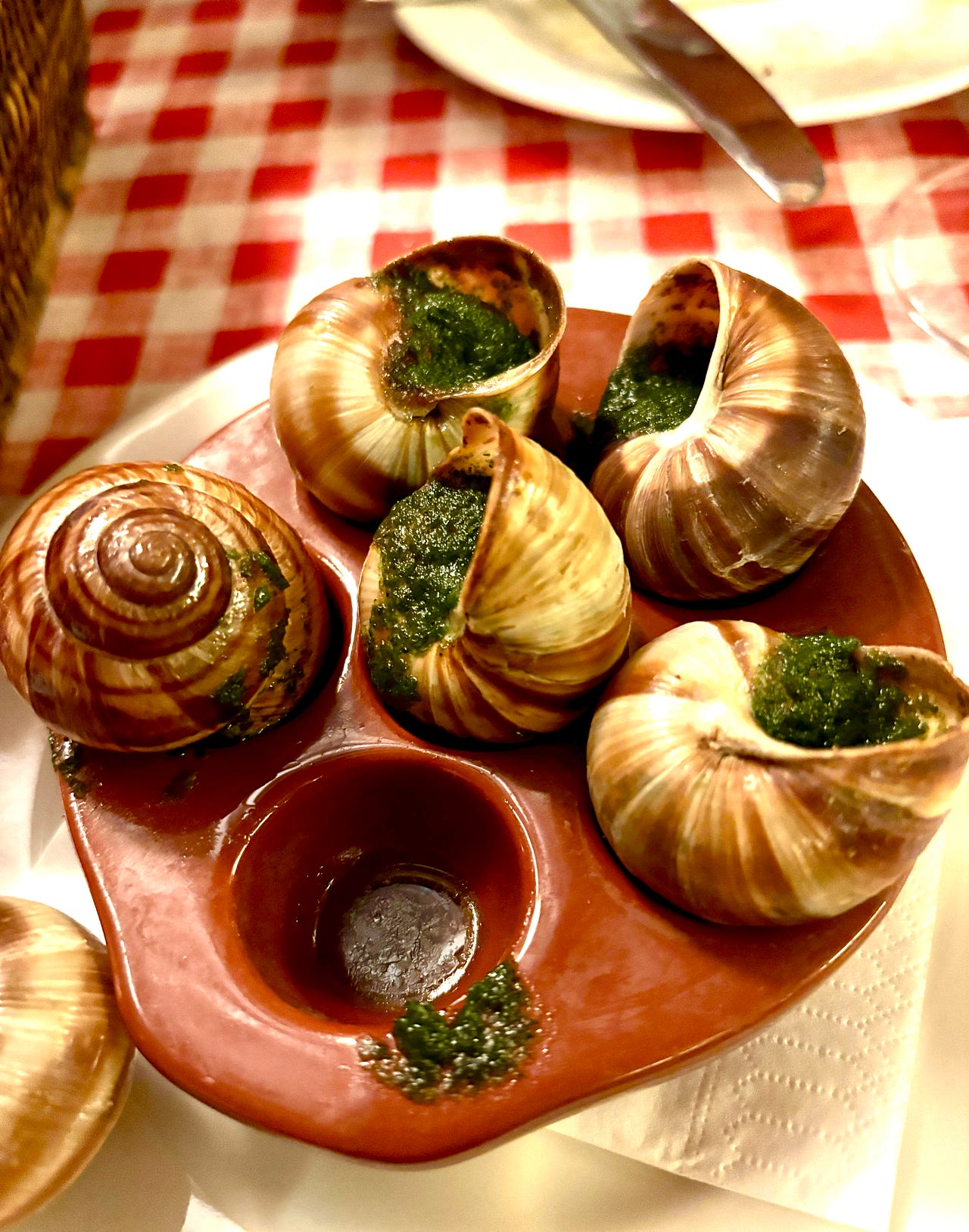
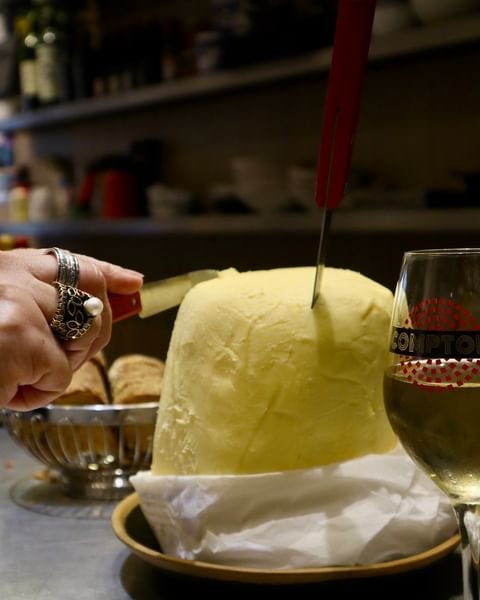
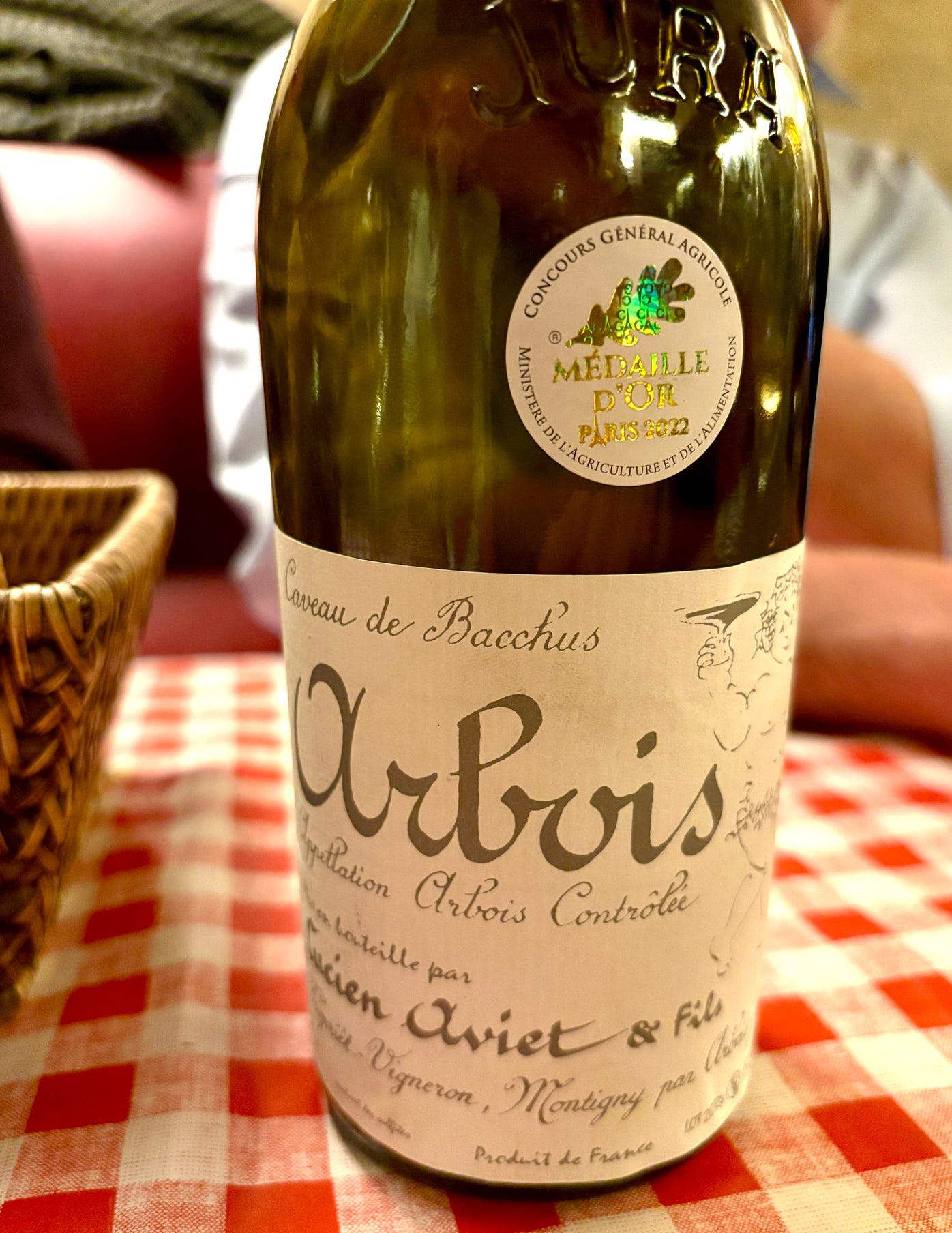
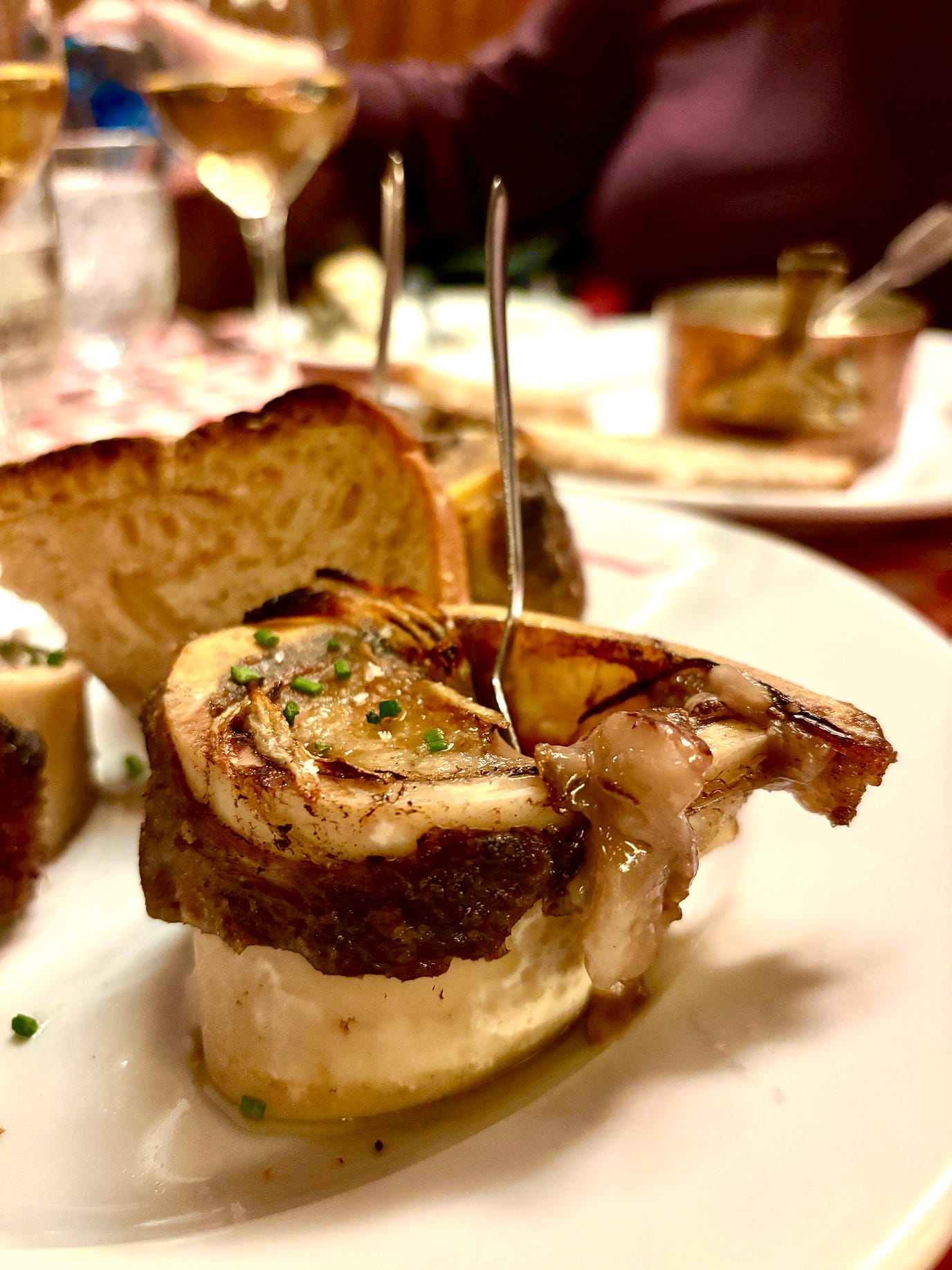
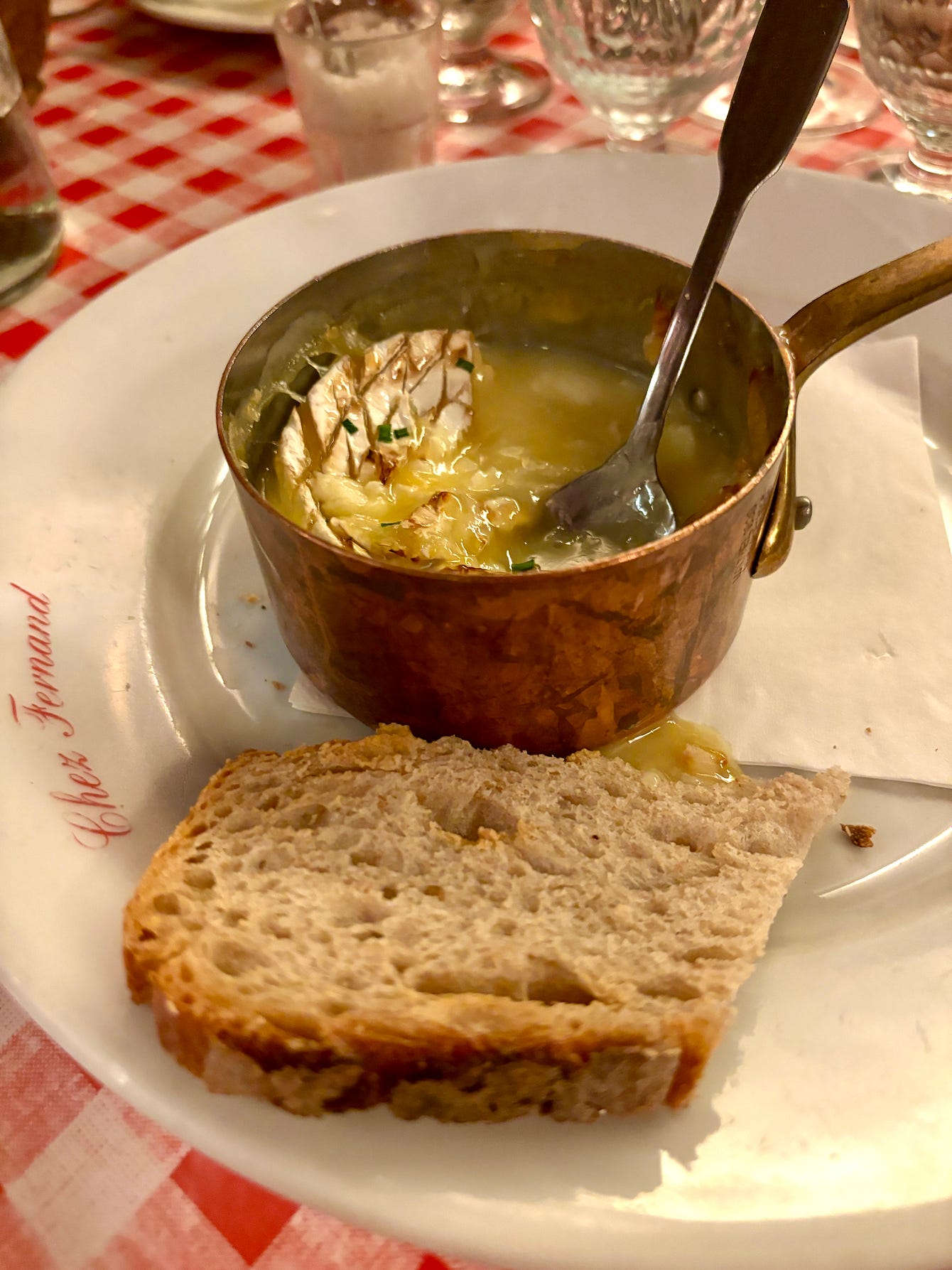
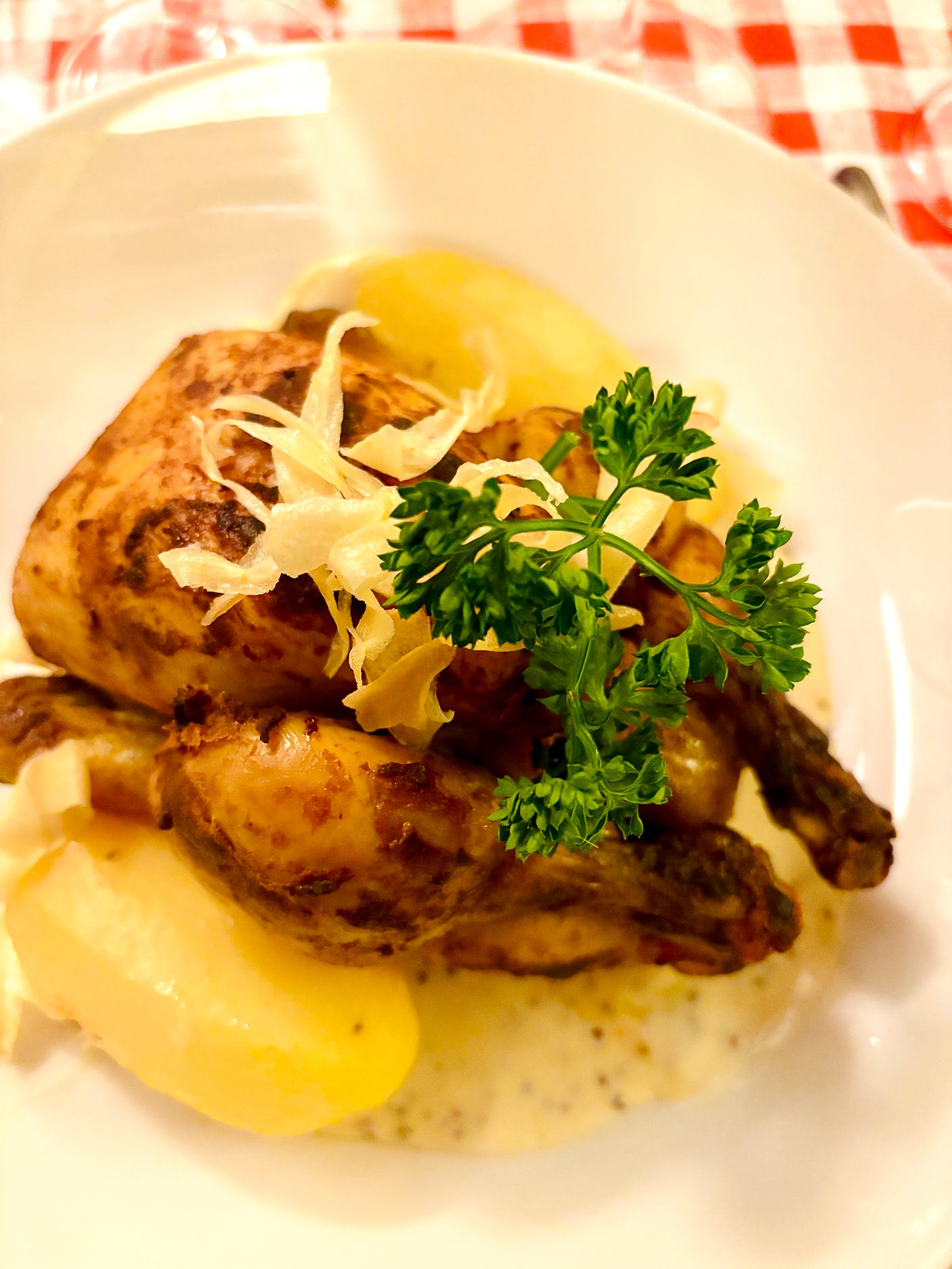
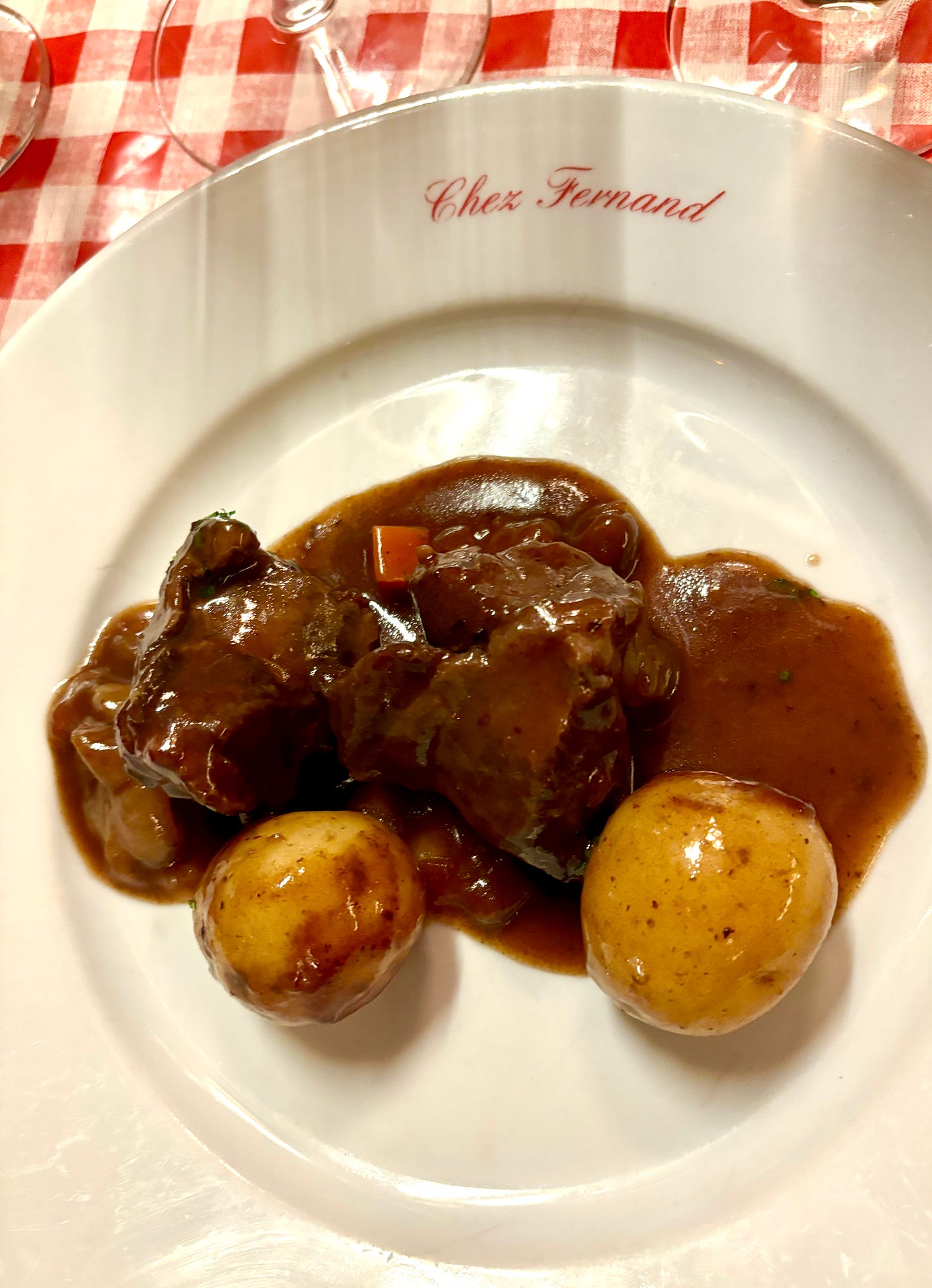
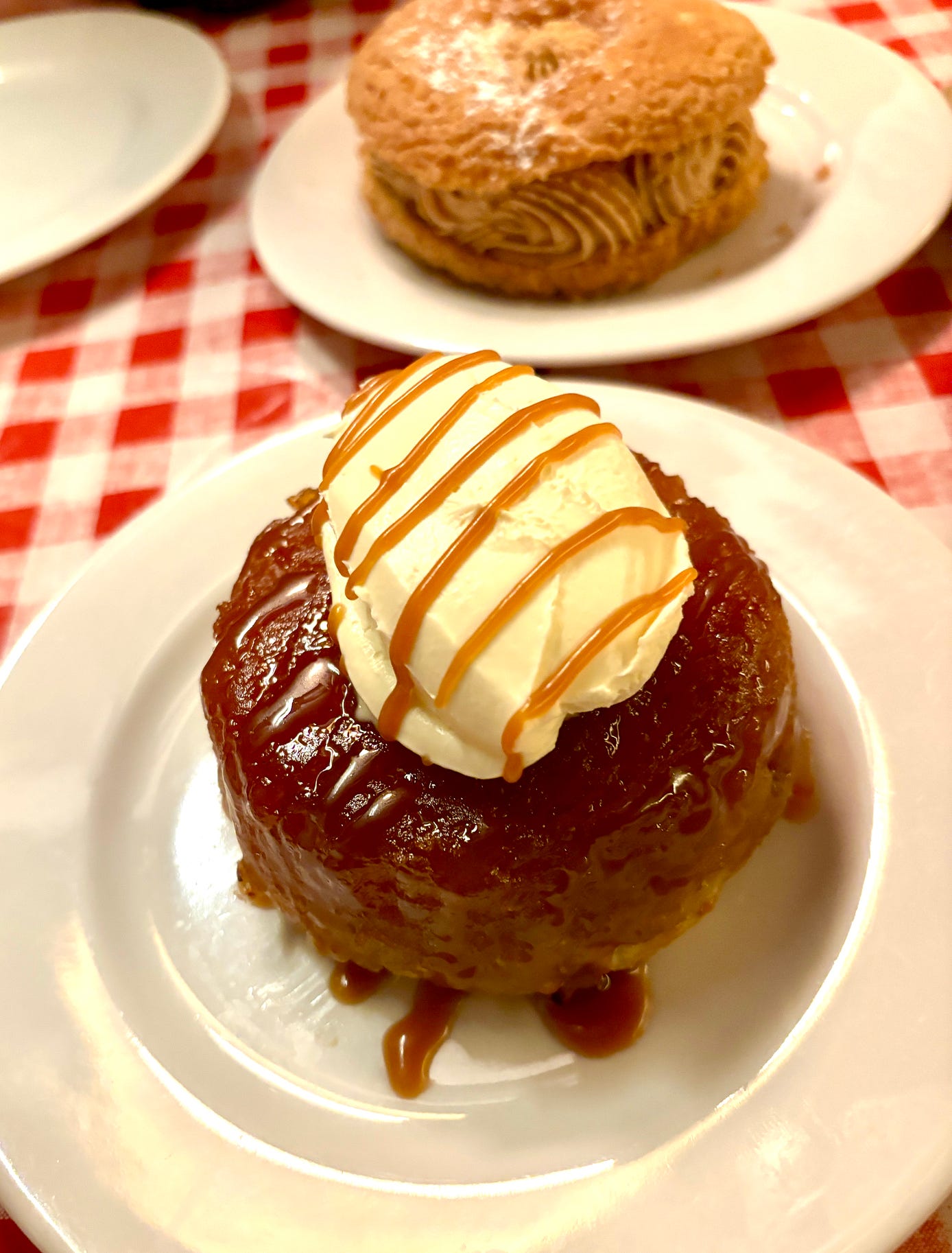
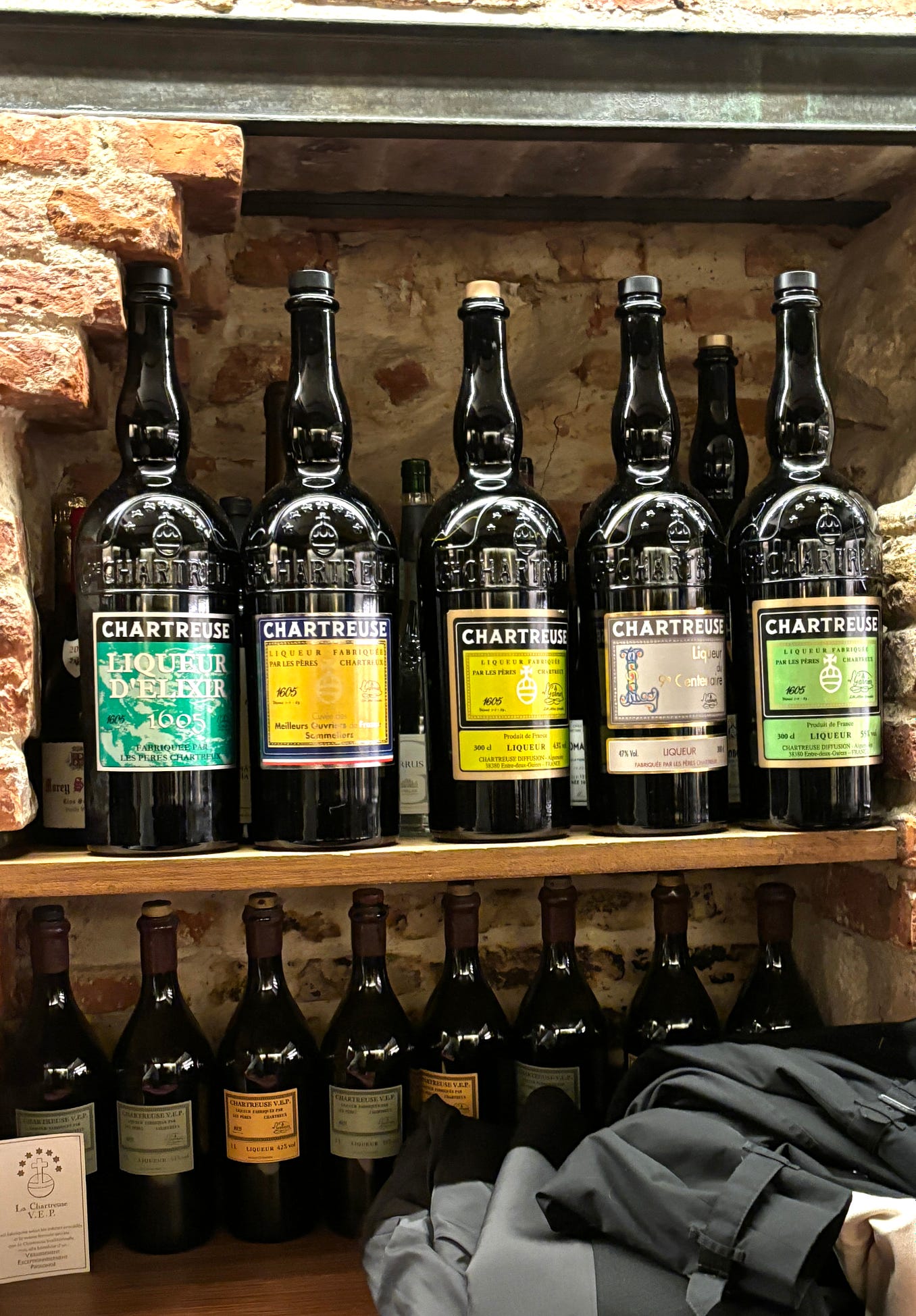



No comments:
Post a Comment